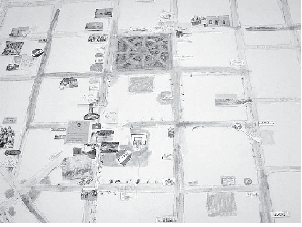Abstract
This article considers the nature of the new communication devices or artifactual interfaces (Gobato, 2014) in the safeguarding of Intangible Cultural Heritage processes. Through a critic recovery of the project Villa Mitre 3.0, which was conducted in an Argentinean city from 2010 to 2012, we focalize in the strengths and weakness of this proposal to understand their social meaning in the community where it took place. The analytical emphasis is on the possibilities of new devices to canalize the concerns of communities for their own history. From the coordination of various personal and institutional projects, started up Villa Mitre 3.0, a participatory history file and multimedia about Villa Mitre and surrounding neighbourhoods, which were designed from the georeference of the stories. Villa Mitre 3.0 was intended as a project of interactive and participatory cartography, aimed at the production, research and dissemination of digital culture, recovery and preservation of the collective memory, from the confluence of art, science, technology and society.
Apuntes is registered under a Creative Commons Attribution 4.0 International Public License. Thus, this work may be reproduced, distributed, and publicly shared in digital format, as long as the names of the authors and Pontificia Universidad Javeriana are acknowledged. Others are allowed to quote, adapt, transform, auto-archive, republish, and create based on this material, for any purpose (even commercial ones), provided the authorship is duly acknowledged, a link to the original work is provided, and it is specified if changes have been made. Pontificia Universidad Javeriana does not hold the rights of published works and the authors are solely responsible for the contents of their works; they keep the moral, intellectual, privacy, and publicity rights.
Approving the intervention of the work (review, copy-editing, translation, layout) and the following outreach, are granted through an use license and not through an assignment of rights. This means the journal and Pontificia Universidad Javeriana cannot be held responsible for any ethical malpractice by the authors. As a consequence of the protection granted by the use license, the journal is not required to publish recantations or modify information already published, unless the errata stems from the editorial management process. Publishing contents in this journal does not generate royalties for contributors.


